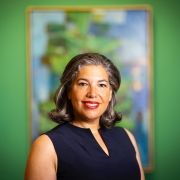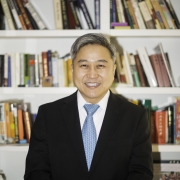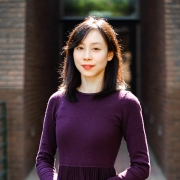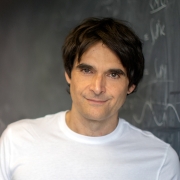Michael Kahana and Team Analyze the Formation of Memories
A team of neuroscientists has constructed the first whole-brain map of electrical connectivity in the brain based on data from nearly 300 neurosurgical patients with electrodes implanted directly on the brain. The researchers found that low-frequency rhythms of brain activity, when brain waves move up and down slowly, primarily drive communication between the frontal, temporal and medial temporal lobes, key brain regions that engage during memory processing.
The research, part of the Restoring Active Memory project, was conducted by Michael Kahana, professor of psychology and principal investigator of the Defense Advanced Research Projects Agency’s RAM program; Ethan Solomon, an M.D./Ph.D. student in the Department of Bioengineering; and Daniel Rizzuto, director of cognitive neuromodulation at Penn. They published their findings in Nature Communications.
This work elucidates the way different regions of the brain communicate during cognitive processes like memory formation. Though many studies have examined brain networks using non-invasive tools like functional MRI, observations of large-scale networks using direct human-brain recordings have been difficult to secure because these data can only come from neurosurgical patients.
For several years, the Penn team gathered this information from multiple hospitals across the country, allowing the researchers to observe such electrical networks for the first time. Patients undergoing clinical monitoring for seizures performed a free-recall memory task that asked them to view a series of words on a screen, then repeat back as many as they could remember.
Click here to read the full story.





